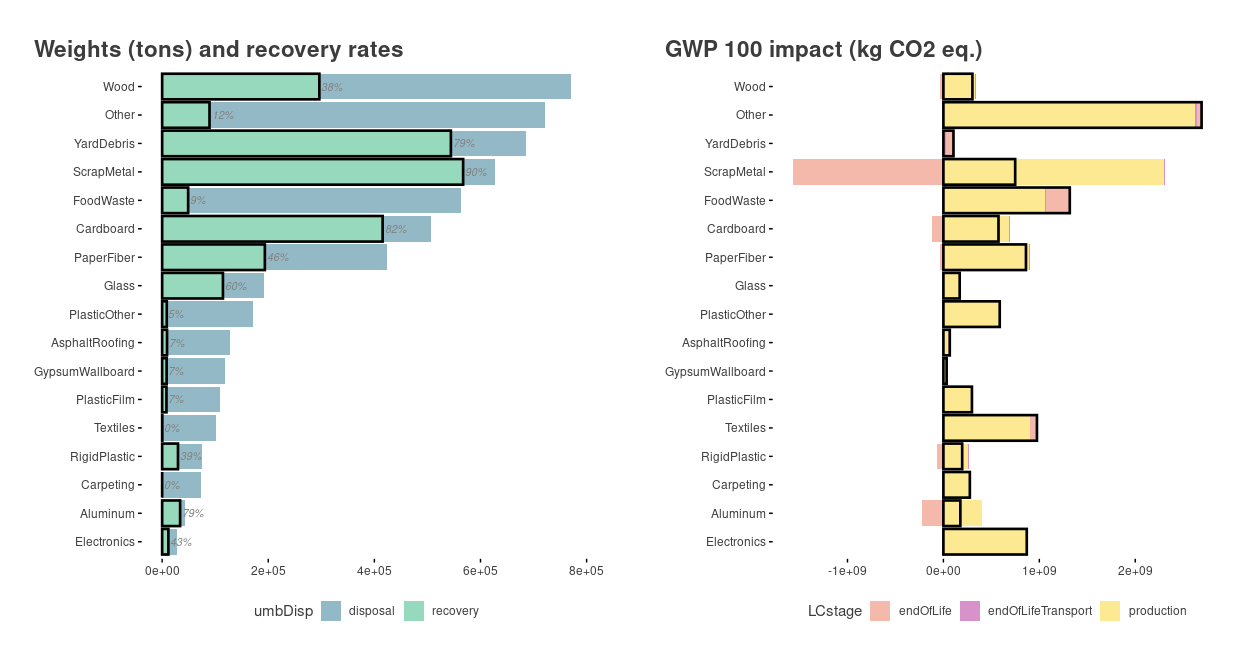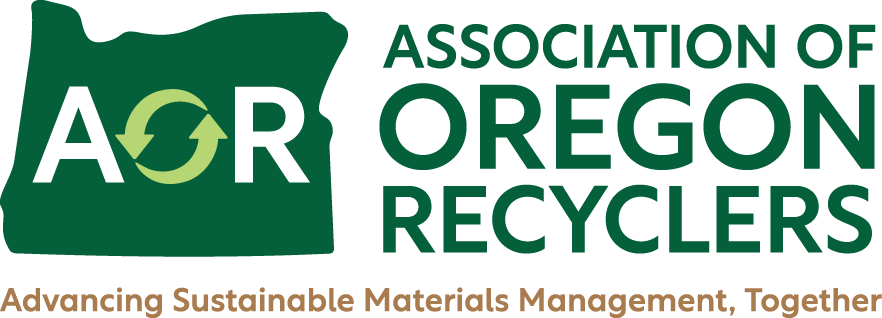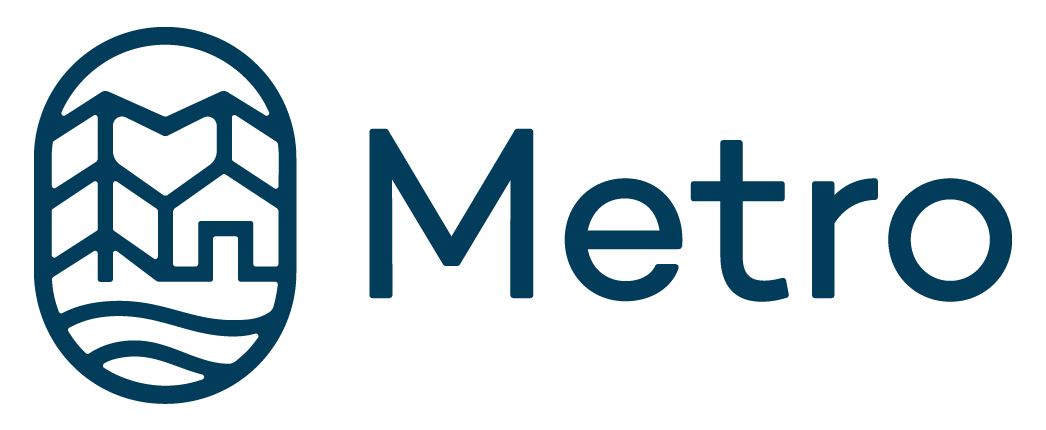DEQ’s New "Waste Impact Calculator" Reveals the Impacts of Solid Waste
Oregon DEQ is an AOR member and sponsor of Sustainable Oregon 2021, AOR's virtual annual conference.
Oregon DEQ has released a new analytical tool to help Oregon's sustainability workers and activists quantify the effects of waste management activities like recycling.
"The Waste Impact Calculator model is designed to answer common questions about how waste management relates to environmental impacts," says project co-creator Martin Brown, of DEQ's Materials Management program. "Those are questions like 'which materials have the biggest greenhouse gas impacts?' and 'is it better to compost food waste or to prevent the waste from happening in the first place?'"

Though anyone can use the Waste Impact Calculator, or WIC, it has been published with Oregon local governments and activists in mind. WIC's web-based interface includes pre-loaded data sets for every county in Oregon, as well as the United States as a whole.
For each of those data sets, WIC does two things. First, it converts weight-based data about waste materials into life cycle environmental impacts for those materials – calculating, for example, greenhouse gas emissions, water use, and smog potential. Next, it allows users to play around with managing waste in different ways, to see which management options could lower impacts most effectively.
In these fundamentals, WIC is similar to EPA’s well-known WARM model. But Brown says WIC’s presentation is distinctive. “WIC reports in lots of different impact categories, whereas WARM is limited to energy and greenhouse gas impacts. But where WIC stands out in particular is in its emphasis on framing individual results in terms of the bigger picture – the whole waste stream, and the whole materials life cycle.”
"WIC’s view definitely reveals some interesting patterns," says Brown. "Not all materials are created equal. Some have huge impacts, others tiny ones. Some materials are good candidates for additional recycling, whereas for others, reducing impacts will require upstream strategies like reuse, repair, or sheer reduction in consumption."
The web app can be used by anyone familiar with solid waste management. The best way to get started, suggests Brown, is to “go to the web app, watch the introductory video, and start pushing buttons.”
For those who have their own solid waste data sets, or questions the app isn't set up to answer, WIC can still lend a hand. WIC's foundational data, code, and documentation are available on github, and can be downloaded, reviewed, and altered by anyone with the time and skill to delve into it.
Brown says that using WIC outside the app does involve a learning curve – but for some, the effort is worthwhile. "The whole project has been designed so that the community can adapt it to their needs,” he explains. “My co-author Peter Canepa and I took pains to make the model as modular, open, and transparent as possible. Partly that's so we can update it easily. But it's also because we know there are lots of good ideas out there. We're really excited to see what people come up with!"


